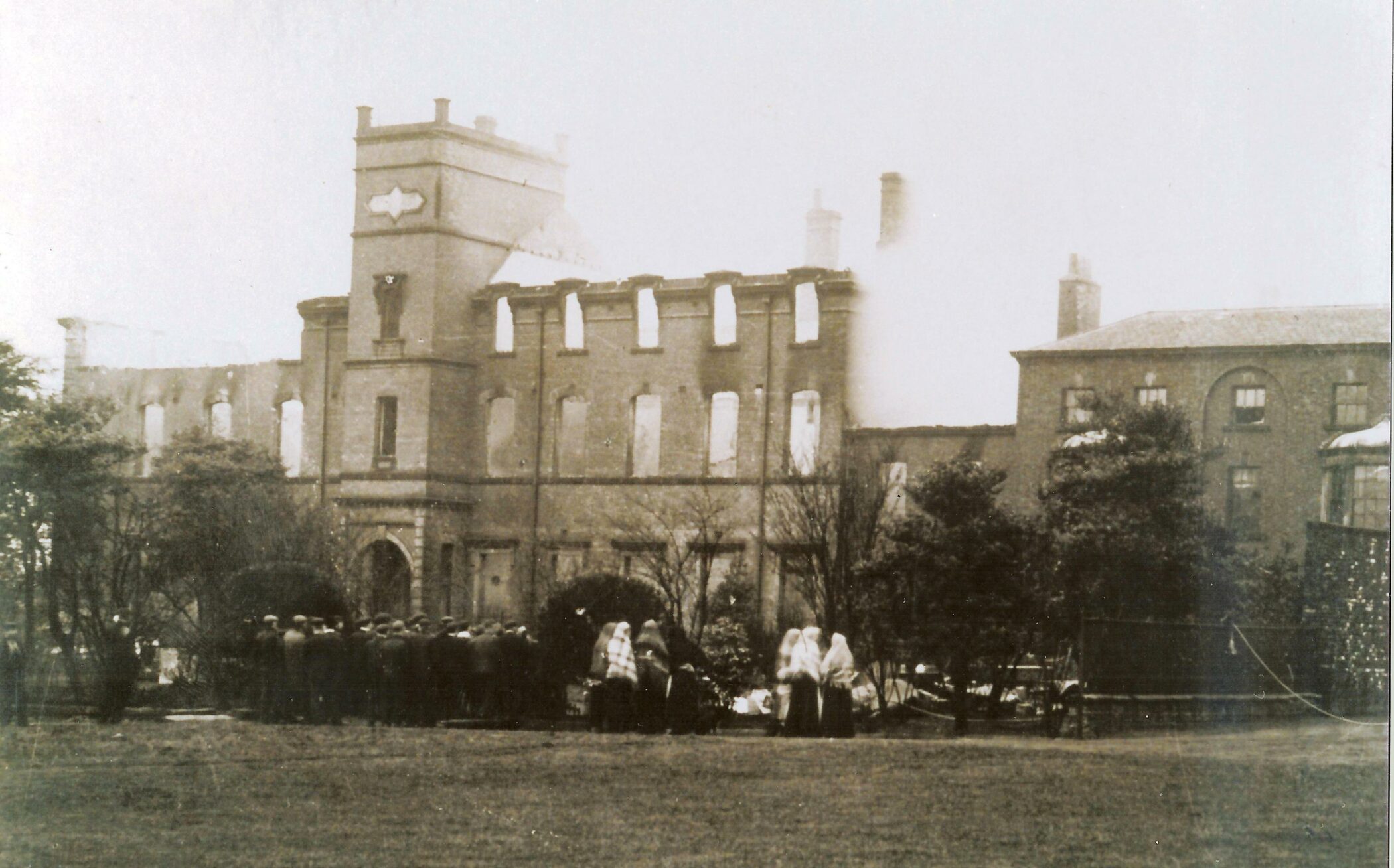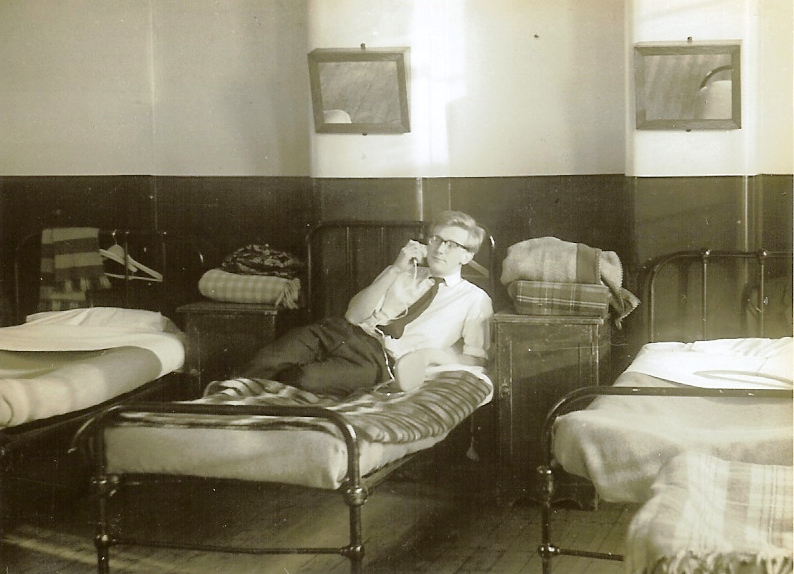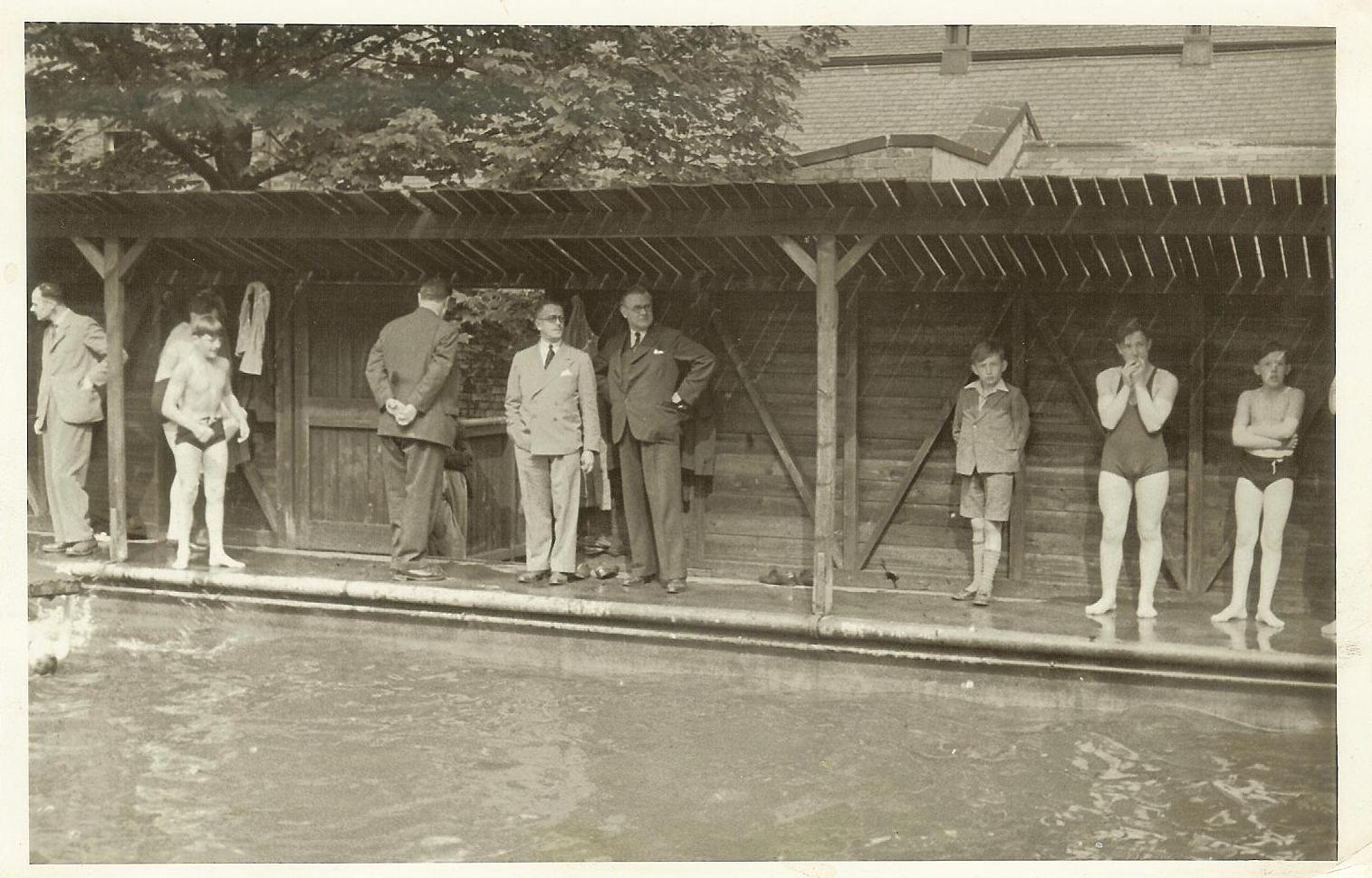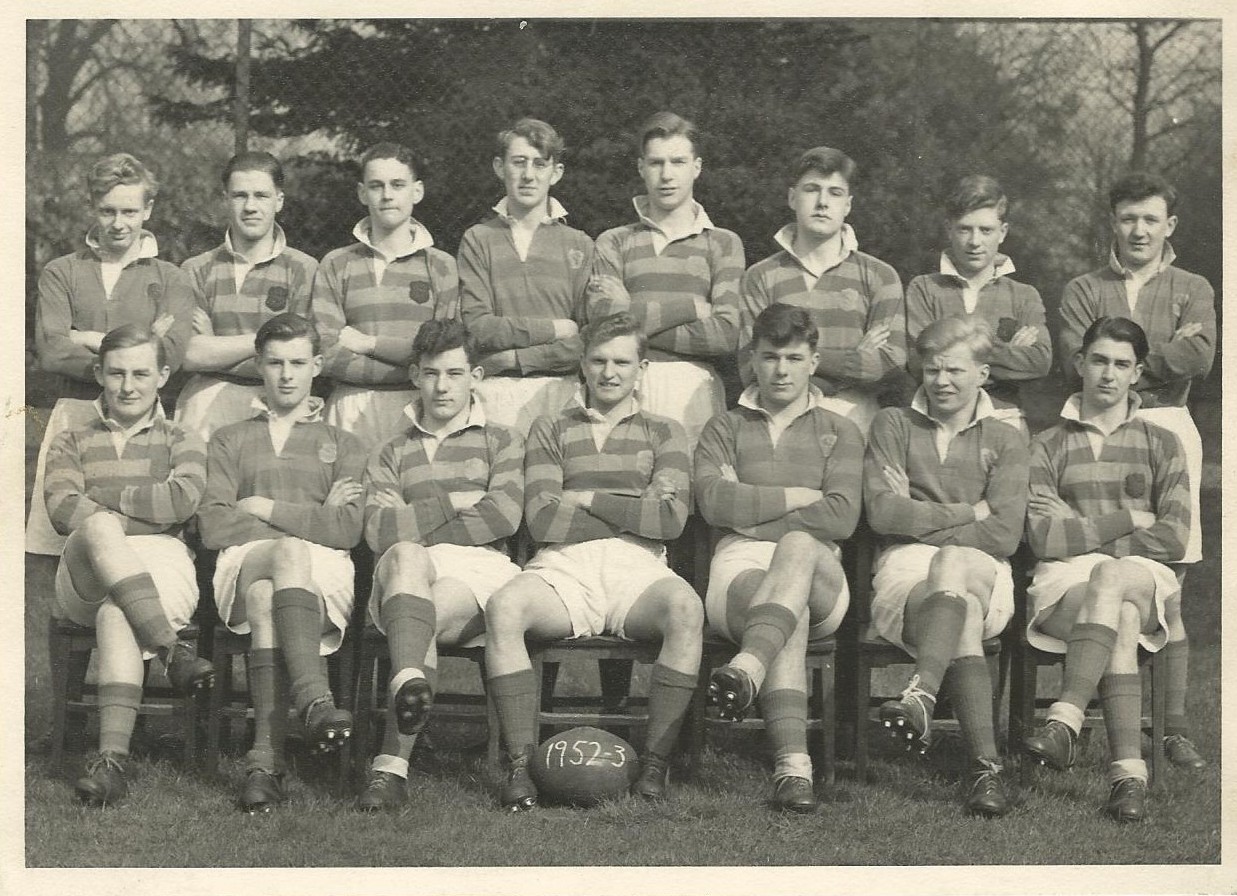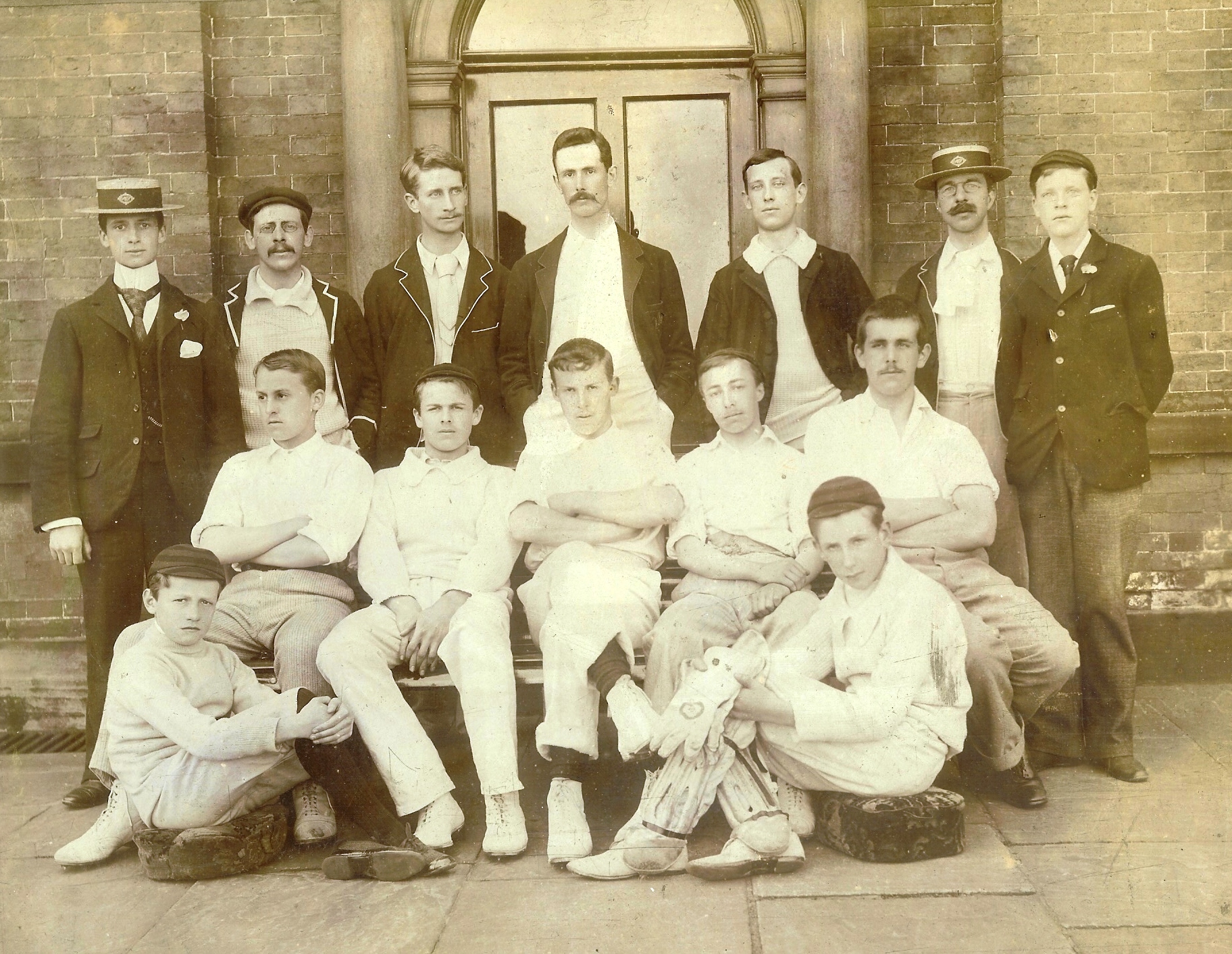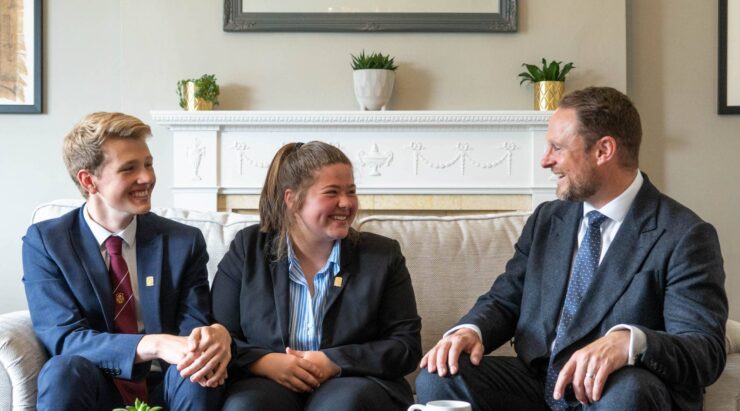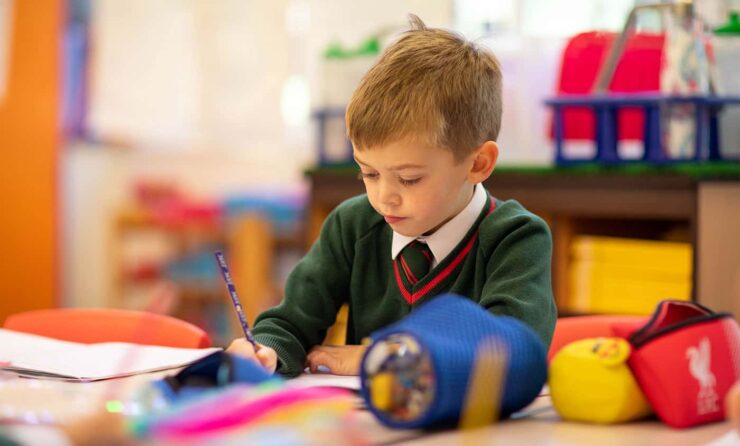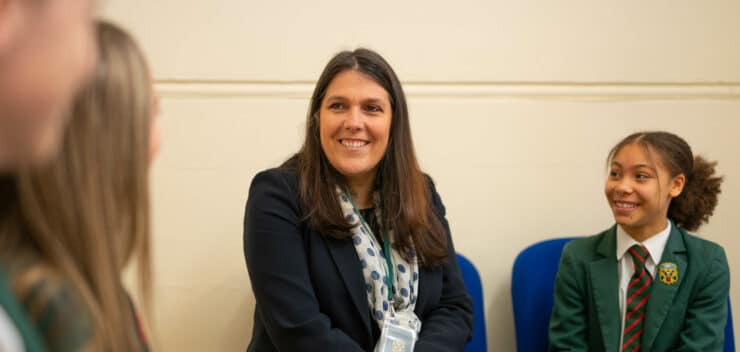Silcoates in time
1820
The first school was founded in 1820 by a handful of Congregationalists. Silcoates Hall was bought from the Lumb family and The Yorkshire Dissenters’ Grammar School opened its doors.
1842
At Silcoates Hall, now leased to the School, the Headmaster and one assistant taught the boys in a schoolroom above the coachman’s house.
1954
1954 saw the appointment of Rev Dr Bewglass as Headmaster, the School began to develop, though financially its future continued to be precarious. The lease of Silcoates Hall was almost at an end and the owner decided to sell.
1871
The Governors were faced with three possible decisions: to close the School, acquire another site or buy the estate. After much deliberation, they decided to buy. With little difficulty, the purchase money was raised and, in 1871, a new and enlarged Silcoates was opened with fifty pupils.
1904
Silcoates was almost wholly destroyed by fire during the Easter holidays. Yet, out of tragedy, was produced the nucleus of today’s splendid school. The Committee, the Trustees and, most of all, the Headmaster, John Arthur Yonge, refused to give up. In spite of everything, Silcoates went on, at first in a small hotel in Harrogate and afterwards in a house in Saltburn.
1907
To rebuild the School would cost at least £10,000 if, as was envisaged, Silcoates was to remain independent. Three foundation stones were laid on 2nd November 1907; one for Yorkshire, one for Lancashire and one on behalf of the Trustees.
1908
Silcoates began life once more, this time with dormitory accommodation for a hundred boys. The new school had laboratories and music rooms, a gymnasium, assembly hall and large covered playground, besides the usual form rooms, dining room and kitchen. Later, a swimming bath was given by the Old Boys.
1918
Sydney Moore became Headmaster in 1918. His twenty-five years of outstanding leadership added immeasurably to the academic and spiritual progress of the school.
1943
A milestone in its history was reached when, in 1957, Mr Spencer was elected to the Headmasters’ Conference. By the time he retired in 1960, the number of boys had doubled, whilst friends, Old Boys and parents had banded together with a will to raise money for a new wing with five additional form rooms, a specialist geography room and library for the seniors.
1958
There were new tennis courts and a new cricket field where Wilfred Rhodes, then seventy-one years old, bowled the first over to Brian Sellars.
1960
Raymond Evans, an Old Silcoatian himself, followed Mr Spencer as Headmaster. Helping to foster that family atmosphere, the Silcoates fag system operated in reverse of the usual order: seniors looked after the smaller boys, waiting on them at meal times and helping them, like older brothers.
1978
Dr Evans was succeeded by John Baggaley in 1978. He initiated the development of the Science and Technology building, which extended the classroom facilities of the School considerably.
1991
Following his retirement, Paul Spillane became Headmaster. At the very early stage of his headship, the decision was made to end boarding after 170 years. At the same time, the decision was also made to become fully co-educational. Mr Spillane also oversaw the construction of the Music School.
2008
When Mr Spillane retired in 2008, the School gave a warm welcome to Darryl Wideman. Silcoates was not immune to the downturn in the region’s economy following the recession of 2008-09. As part of the restructuring, the decision was made to relocate the pre-school facilities so that now all pupils at the School are educated on one site.
2017
Philip Rowe, arrived at the School in September 2017 and set about to convert the Headmaster’s House into offices and meeting rooms. Philip also understood the importance of connecting with our alumni and Silcoates Connect launched in 2019.
2021
Chris Wainman joined the School in 2021, from his position of Senior Deputy Head at Tranby, East Yorkshire, bringing with him over 20 years of teaching, pastoral and leadership experience. Mr Wainman is the current Headmaster of Silcoates.


